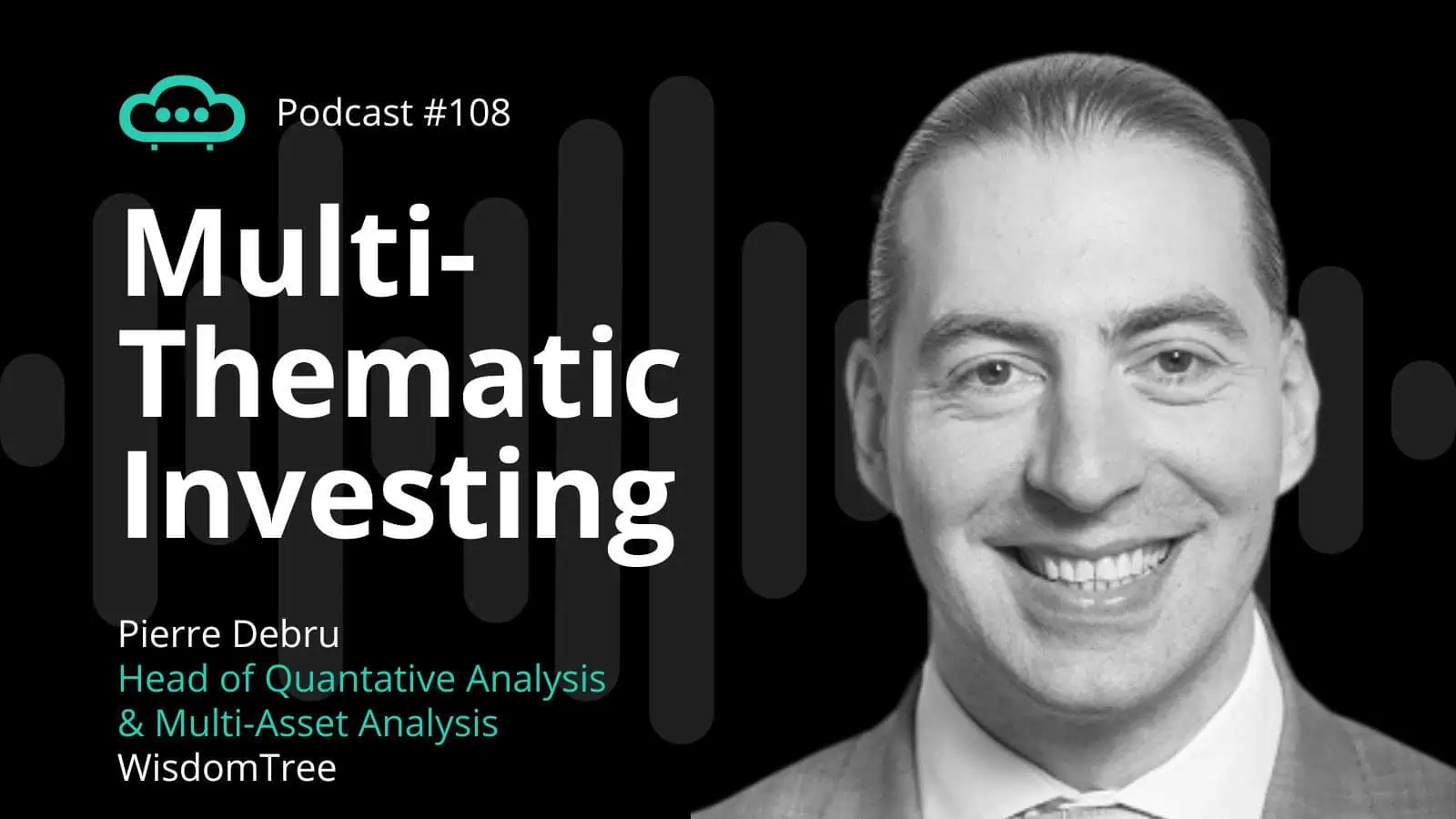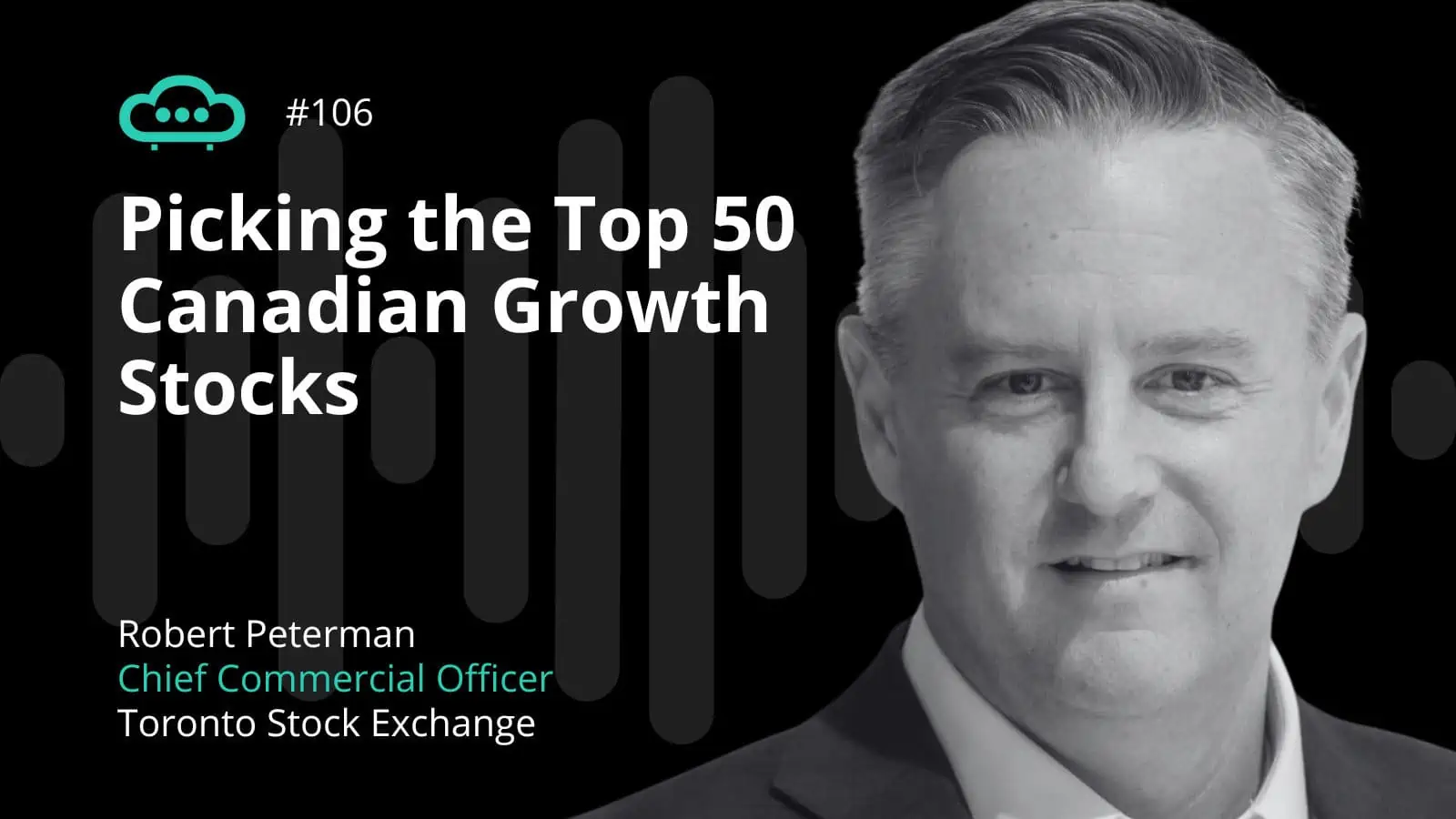Gold has for time immemorial been a unit of currency, a store of wealth and a safe haven in challenging economic times. Stavros Lambouris, chief executive of broker, HYCM International explains why he thinks gold might be on the cusp of a new high.
Recent events have caused a large number of investors to reconsider their strategies, with many opting to protect their portfolios by increasing their safe haven asset holdings as indications suggest that the world economy is approaching a turning point. Indeed, global – as well as domestic – inflation has been at the forefront for investors, businesses and policymakers for the last 12 months, but finally, it appears as if inflation is starting to slow.
However, the latest projections from the International Monetary Fund indicate that economic growth will decline worldwide from 3.4% in 2022 to a mere 2.8% in 2023 as a result of rising interest rates that have been brought into effect to minimise inflation. In short, many analysts argue that the recent fragility in the banking system has come because of interest rate hikes, which have caused a swift contraction of the world’s major economies.
As major central banks have had to balance rising prices with faltering growth, volatility, uncertainty has infiltrated the markets, causing gold prices to rally as investors turn to the yellow metal for its safe haven qualities. As a result, gold prices have grown by more than 11% since the start of the year (at time of writing) and could be set to hit new heights in the coming months. So, what drives gold prices, what factors can explain the recent rally, and what could push the price of gold higher?
What drives gold prices?
Like any commodity or asset, the relationship between gold and its primary price drivers is complex, but there are some broad themes and market truisms that investors should be aware of as volatility and uncertainty grows. Firstly, since gold prices are dollar-denominated, its correlation with the strength or weakness of the US dollar is worth noting. Known as an inverse relationship, gold prices benefit from a weaker dollar, while a stronger dollar tends to constrict its appreciation potential. This is mainly because when the dollar is going through a period of weakness, investors with holdings in overseas currencies can buy it as a discounted price. In turn, this inflates demand, and by extension, prices.
Secondly, gold has a similar inverse relationship with real yields, which can be defined as the return an investor gets from a bond after inflation has been accounted for. This means that, when real yields decline (indicating that the returns from an inflation-adjusted bond are negative or near-zero), investors interest in gold tends to increase as they look for alternative investments that can generate returns, even in an inflationary environment.
Finally, a particularly important trend in the last few months has been the demand for gold from central banks, who typically increase their gold holdings during inflationary periods. In a similar way to investors, central banks value the intrinsic worth of gold as a limited resource, which means that it can safeguard bank reserves in the long run, even when the prices of other assets increase. Under such circumstances, central banks can significantly boost the demand for gold, resulting in a boost for prices. In fact, gold has been one of the most traded assets at our brokerage.
What is behind the recent gold price rally?
Firstly, the recent surge in gold prices can be partly attributed to a shift in the outlook for interest rates. Most major central banks have been pursuing aggressive interest rate hiking cycles, many of which appear to be winding down. This change has led to a rally in gold prices, as the probability of further interest rate hikes has decreased.
This was demonstrated best on 13th April, when the US markets indicated a 70% chance of another rate hike from the Federal Reserve in May and the likelihood of a rate cut by July increased to 56%. As a result of this interest rate outlook, gold futures hit their peak for 2023 so far, reaching USD2056.15 on 14th of April. Put simply, this underscores how significantly central bank policy can influence gold prices.
Related to this, investor concerns about the possibility of a recession have also contributed to the rise in gold prices. With interest rates dampening economic growth, many investors have sought refuge in gold to protect their portfolios against potential stock market downturns if growth continues to stagnate. This trend could gain further momentum if the likelihood of further interest rate hikes increases, or if growth data remains weak on a global scale.
Elsewhere, the US dollar has experienced a decline of 1.35% since the beginning of the year, due to the growing probability that the Fed will pause its interest rate hiking cycle. Consequently, gold has become relatively more affordable for holders of other currencies, leading to an increase in demand for the yellow metal that has pushed prices up by more than 11% in 2023.
Finally, the recent collapses of Silicon Valley Bank and Credit Suisse have raised concerns about the stability of the banking system, further boosting gold prices in recent weeks. As fears of banking contagion have intensified, gold prices surged by more than 2% in a single day in March and provided the largest weekly increase since November 2022
Could gold prices rise higher?
As concerns over a possible recession and stock market valuations continue to mount, many analysts predict that gold will hit all-time highs in 2023. If central banks decide to adopt a more accommodative stance on interest rates to safeguard economic growth, gold prices could rise by over 20%. Moreover, a decline in interest rates would likely lead to sustained weakness in the dollar, and, as global inflation persists, gold is expected to remain in demand among investors seeking to hedge against the eroding value of their assets. This rally could continue for much of 2Q23, which could cause the price of the commodity to reach new heights.












